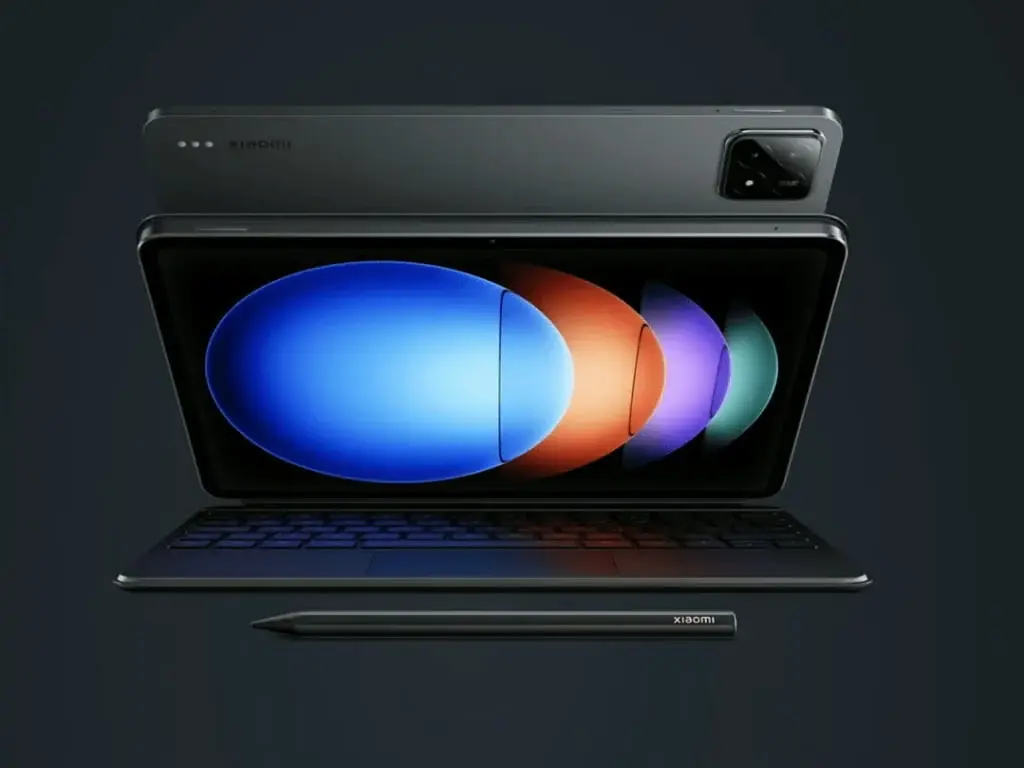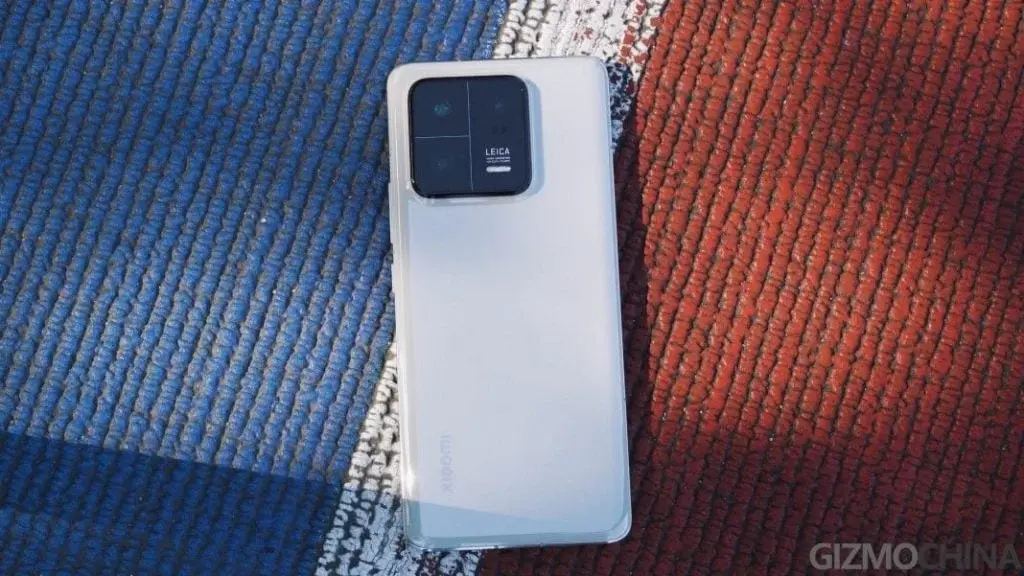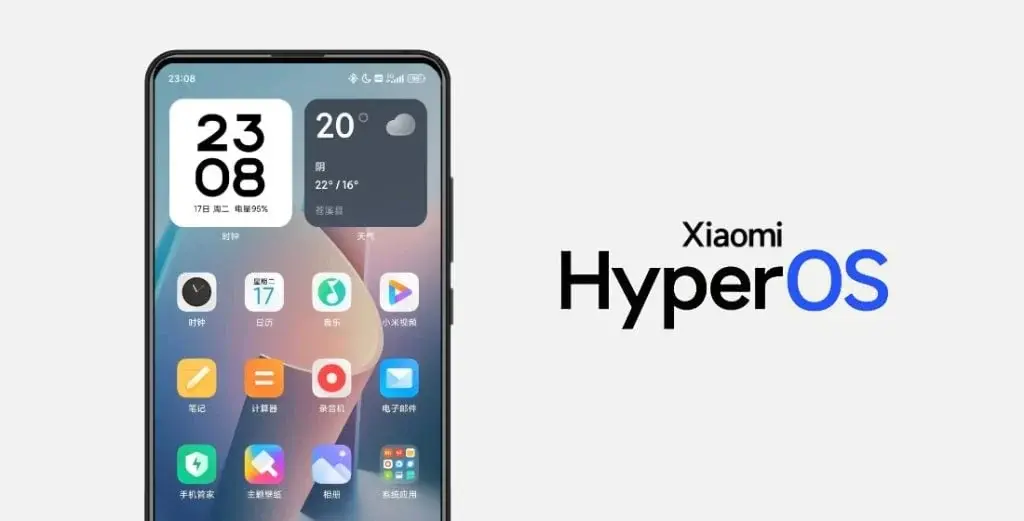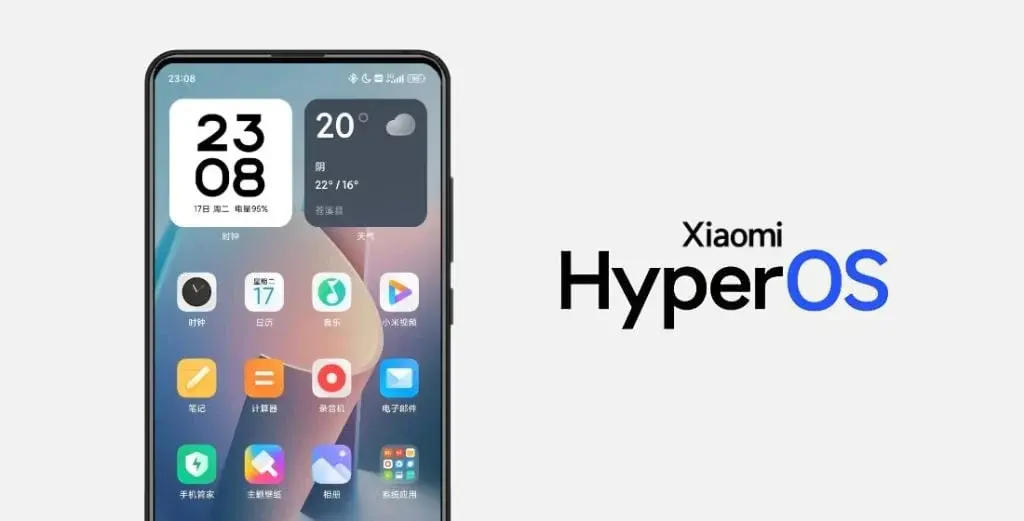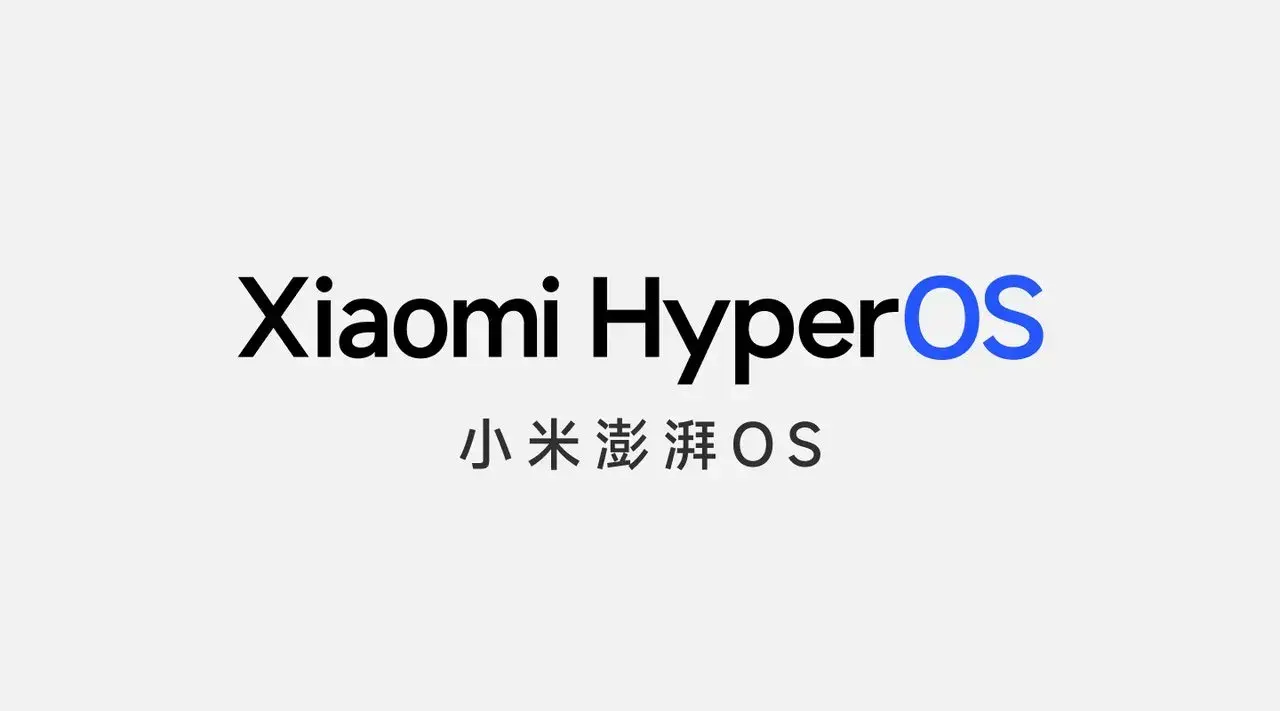The Xiaomi Pad 6S Pro has been officially introduced for global markets alongside the Xiaomi 14, Xiaomi 14 Ultra, and a range of other products. This latest tablet from Xiaomi was revealed in Barcelona just before MWC 2024.
Xiaomi Pad 6S Pro Overview
The Xiaomi Pad 6S Pro features the previous generation flagship Qualcomm chipset, a spacious 12.4-inch display, and runs on HyperOS. Positioned as an upgrade to the Xiaomi Pad 6 launched in 2023, it was initially unveiled in China earlier this week.
Xiaomi Pad 6S Pro Specifications
The new Xiaomi tablet boasts a 12.4-inch 3:2 display with a high-resolution LCD panel offering 3048 x 2032 pixels (3K), 294 PPI, a 144Hz refresh rate, and 12-bit color depth. The screen supports Dolby Vision, 240Hz touch sampling rate, and a peak brightness level of 900 nits.
Underneath the device lies the Qualcomm Snapdragon 8 Gen 2 SoC, coupled with LPDDR5x RAM and UFS 4.0 storage. Running on HyperOS based on Android 14, the tablet is powered by a robust 10000mAh battery and supports 120W wired charging.
The Xiaomi Pad 6S Pro is equipped with WiFi 7, Bluetooth 5.3, and USB 3.2 Gen 1. It features a dual rear camera setup comprising a 50MP + 2MP (depth) configuration, a 32MP front-facing camera, and six speakers for an immersive audio experience.
Lastly, the tablet is complemented by two official accessories: the Touchpad Keyboard and the Focus Pen.
Pricing Details
The Xiaomi Pad 6S Pro is priced at €699 for the 8GB RAM and 256GB storage variant, available in a sleek black color option. Additionally, the Touchpad Keyboard and Focus Pen accessories are priced at €169 and €99 respectively.
Please note that prices may vary based on different regions.
If you are interested in purchasing the Xiaomi Pad 6S Pro or its accompanying accessories, be sure to check for availability and pricing in your area.

